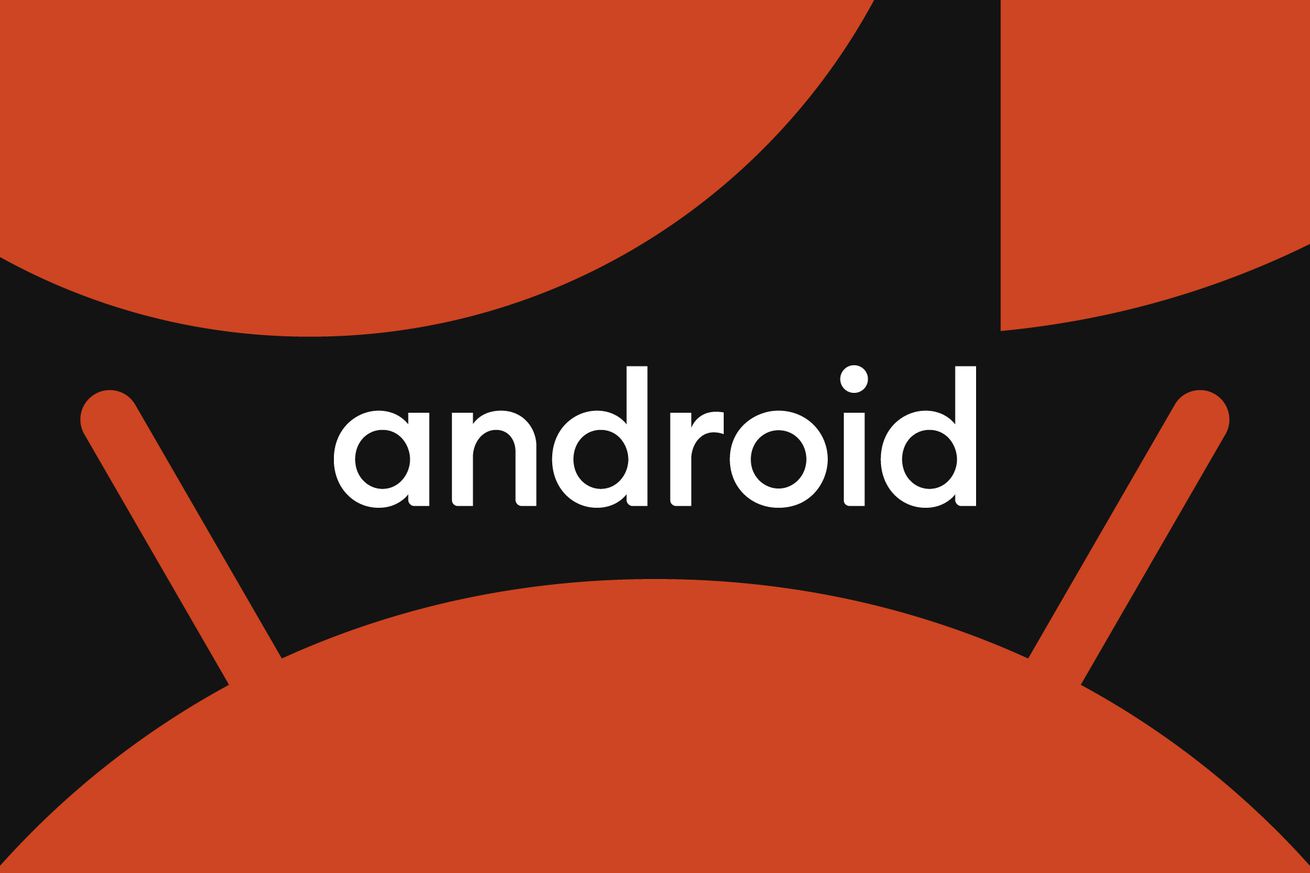
Google’s latest feature drop makes Wear OS more useful and expands dark web reporting
Google’s dark web reporting feature — a service that allows users to run one-off scans to see if their Gmail address has been exposed to the seedier corners of the internet — is now fully available on most Google accounts across the US. It’s one of just a handful of updates announced in Google’s latest Android feature drop, which is otherwise looking fairly sparse as we approach the public rollout of Android 14 later this year.
Dark web reports are free and can be run manually from the Google One website and app in the US. If you’re in the US, then just browse over to one.google.com, where you should see a “try now” option in the dark web scan section.
The reporting feature was previously exclusive to those paying for a Google One cloud storage membership, but there are still dark web benefits for those who subscribe — Google One members can now start automatically monitoring their online information and search for additional personal information like social security numbers. Google says that the dark web reporting tool will be rolled out to over 20 additional countries “in the coming months.”
Some additional updates announced today include new capabilities for smartwatches running older versions of Wear OS. Spotify’s DJ feature, a Premium subscriber service that uses AI to recognize your listening habits and suggest new songs, is rolling out on Wear OS version 2 (and newer) devices in the US, the UK, Canada, and Ireland. Google Wallet has also been updated on Wear OS 2 (and newer) to support SmarTrip and Clipper payment cards for public transportation, allowing commuters in Washington, DC, and the San Francisco Bay area to pay for their rail, bus, and parking by tapping their smartwatch to a contactless receiver.
Finally, a new note-taking tile is available for Google Keep on Wear OS that allows users to add a single note or to-do list that can be quickly accessed via their smartwatch. The new note tile for Google Keep is rolling out to Wear OS 3 (and newer) devices globally today and is available in all supported languages.
It would appear that Google is slowing down its releases ahead of the public rollout of Android 14, which is currently expected to arrive in August 2023. The company barely mentioned the upcoming OS at its recent Google I/O keynote, but Android 14 has been in beta for some time now, so we have a fairly good idea of what to expect when it does arrive.

